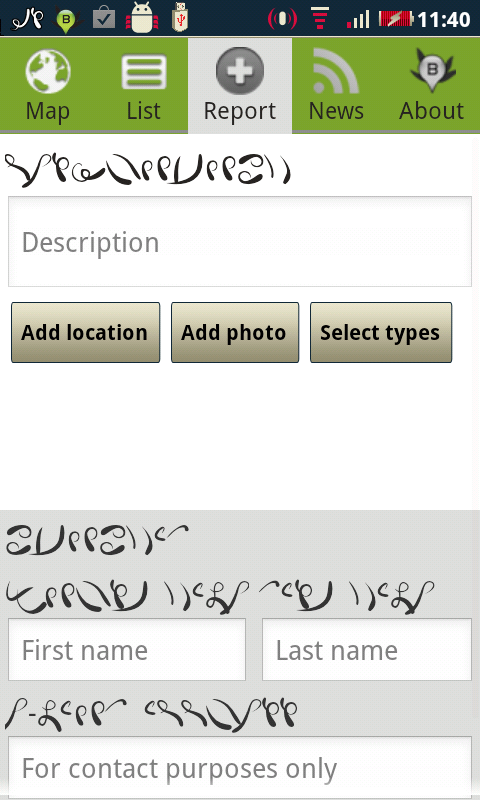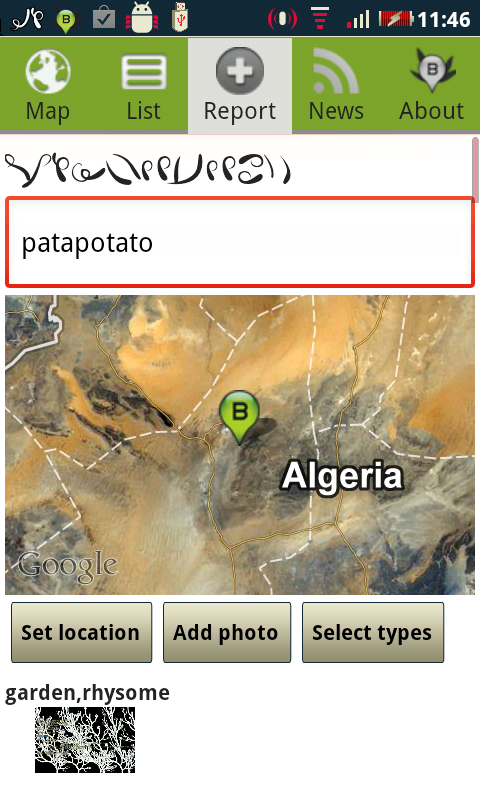Making science accessible – moving beyond open-access
Much of our work at FoAM Kernow occupies the interstices between science, arts, and education. We've been spending time lately thinking about what the biggest gaps and problems are that we face, and what we might be able to do to help. One issue keeps raising its head – the accessibility of research findings to broader society.





